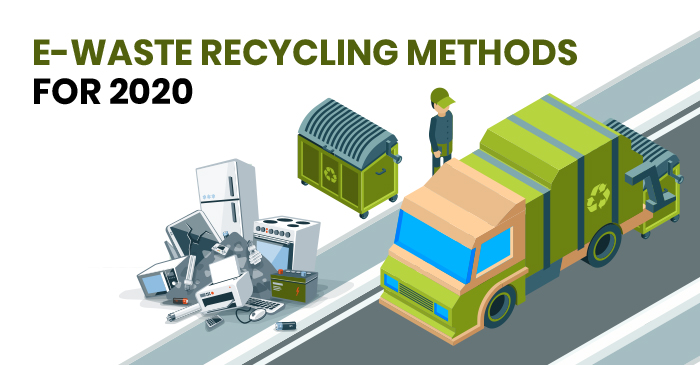Picking The Perfect Skip Container Size For Your Job: A Thorough Guide
Picking The Perfect Skip Container Size For Your Job: A Thorough Guide
Blog Article
Authored By-
When selecting the proper Skip container dimension for your project, you'll intend to guarantee it lines up exactly with your garbage disposal needs to avoid any type of final headaches. Aspects such as the sort of waste, job period, offered area, and budget play important duties in making the best choice. However how do you properly estimate the quantity of waste you'll produce and convert that right into the correct Skip container measurements? Let's discover these key factors to consider to help you make an informed choice for your upcoming task.
Aspects to Think about
When choosing the ideal dimension Skip container for your task, several variables should be taken into consideration.
First, analyze the amount and kind of waste you'll be disposing of. Various jobs generate varying types and volumes of waste, so understanding your waste stream is crucial.
Consider the room offered on your home for the Skip container. Make certain that the selected bin dimension can fit in the designated location without triggering blockage.
Another element to take into consideration is the period of your task. Longer projects might require larger Skip bins or even more regular emptying to accommodate the waste created in time.
Think of any potential constraints in your location, such as weight restrictions or prohibited products, to guarantee conformity with laws.
Last but not least, consider your spending plan and select an avoid container dimension that straightens with your economic restrictions while still fulfilling your waste disposal demands.
Estimating Waste Volume
To accurately choose the ideal dimension Skip container for your project, you have to first estimate the volume of waste you'll be disposing of. One way to do this is by visually checking the items you intend to throw away and about estimating their overall volume in cubic meters.
Alternatively, you can utilize online devices or waste volume calculators to help you figure out the approximate quantity of waste you'll have. Keep in mind that it's much better to somewhat overestimate than to take too lightly, as it's more cost-efficient to work with a slightly larger Skip container than to purchase an extra one if you lack space.
If you're still unsure, take into consideration seeking advice from waste monitoring specialists that can provide support based upon the type of job you're undertaking. By properly approximating your waste quantity, you'll be better outfitted to pick the ideal Skip container size for your demands.
Understanding Bin Dimensions
Understanding container dimensions is critical when choosing the proper Skip bin dimension for your job. Skip bins can be found in different dimensions, typically determined in cubic meters.
The measurements of an avoid bin refer to its length, width, and elevation. By recognizing these dimensions, you can visualize just how much waste the container can hold and whether it will fit your needs.
For instance, a 2 cubic meter Skip bin might have measurements of about 1.8 meters in length, 1.4 meters in width, and 0.9 meters in elevation. Understanding these dimensions can assist you determine if the Skip container will fit in your wanted location and if it can accommodate the volume of waste you prepare for generating.
Always consider the space you have available for the Skip container and make sure that its measurements line up with your task needs to avoid any kind of issues throughout waste disposal.
Read the Full Content , choosing the ideal dimension Skip container for your job calls for careful factor to consider of variables like waste quantity, readily available room, task period, restrictions, and budget plan. Estimating waste removal bins and recognizing container measurements are vital actions to make sure the Skip bin meets your requirements. By adhering to these guidelines, you can successfully manage your garbage disposal demands and improve your task. Choose sensibly to make your task a success.
